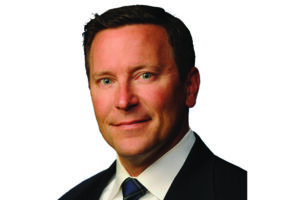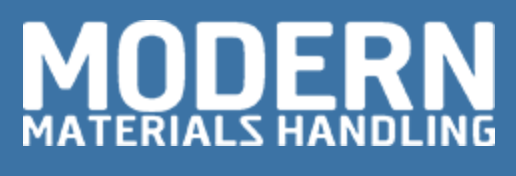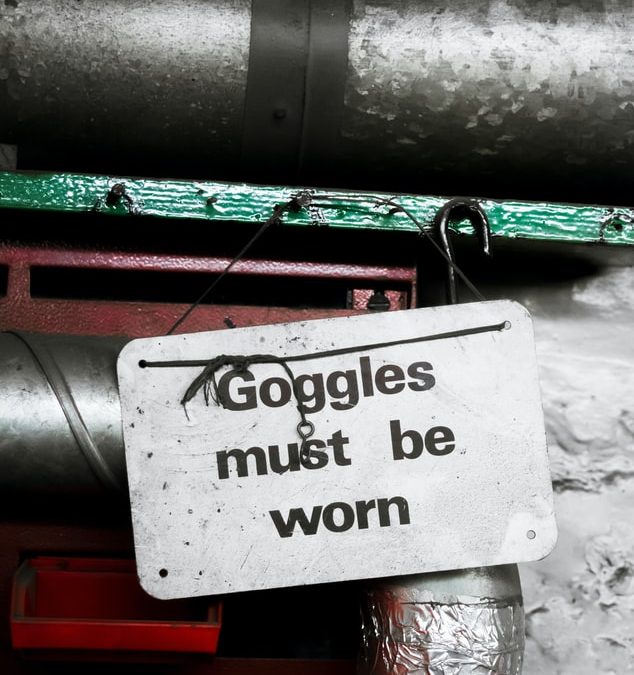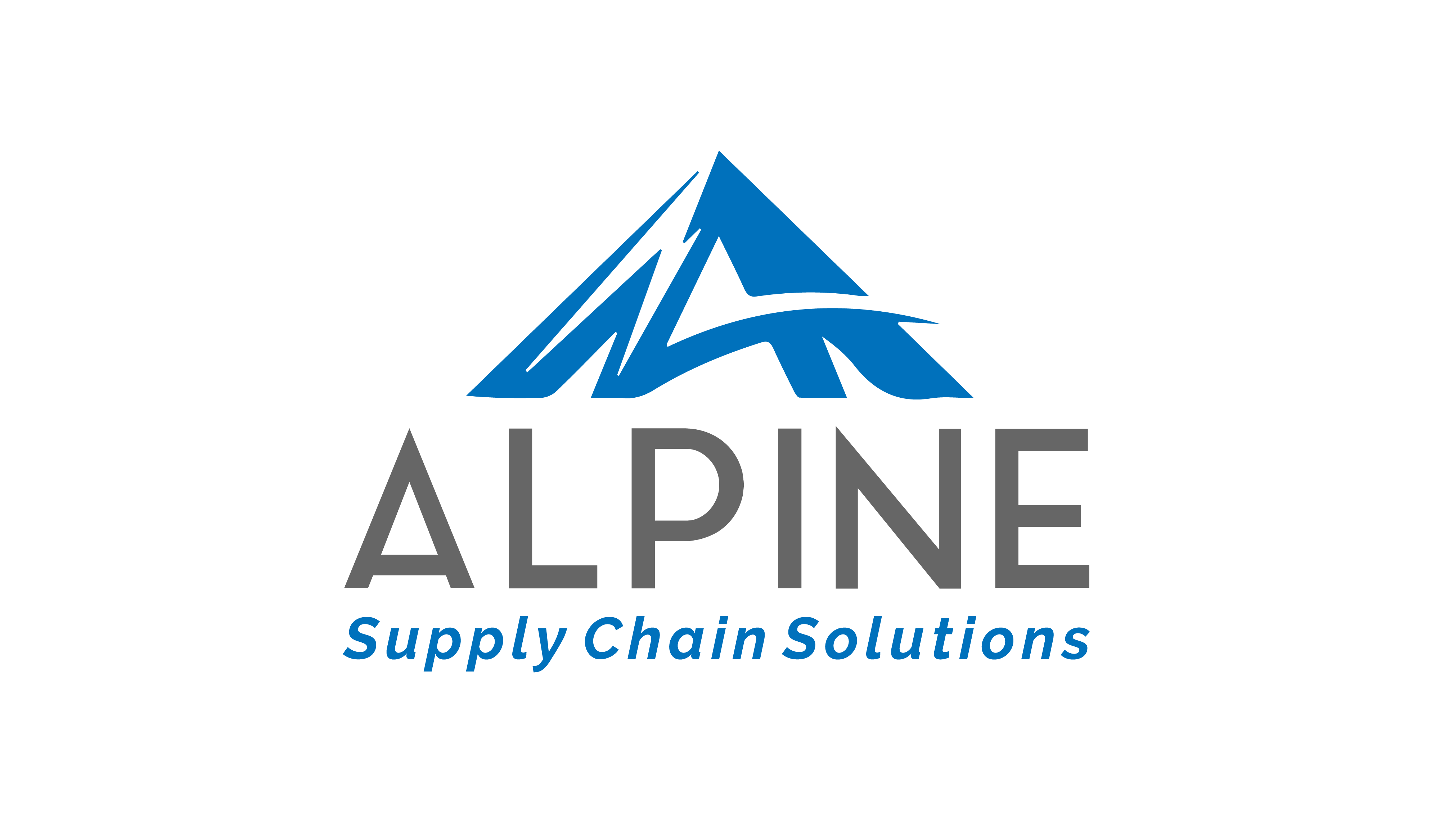
by Alpine Supply Chain | Jul 13, 2020 | Supply Chain Consulting, Supply Chain News, Warehouse Management System
Supply Chain Management Review and Modern Material Handling sat down with Michael Wohlwend to discuss WMS.
Modern: You’ve been around the supply chain software space throughout your career. Tell us about the different roles you’ve held.
Wohlwend: I was a warehouse distribution supply chain consultant for the first third of my career, and I installed my first warehouse management system (WMS) in 1994. That was followed by 7.5 years at Manhattan and 6.5 years at SAP. Now, I’m back to the consulting side.
Modern: Since you’ve worked in both the enterprise resource planning (ERP) and WMS spaces, what have been the most important developments during your career? We’ll start with ERP.
Wohlwend: Originally, an ERP system was finance and accounting. And then, they added manufacturing resource planning and planning. After that, ERP tried to be all things to all people and address the end-to-end supply chain. That had its limitations and opened the door for best-of-breed solution providers, especially with the Cloud.
Great examples of that are Salesforce.com for CRM and Workday for HR. Now, we see ERP companies buying Cloud-based software companies with a subscription model to offer best-of-breed solutions under the ERP umbrella. The technology is evolving.
Modern: How about the WMS space?
Wohlwend: For a time, CIOs trying to reduce their overall software footprint were getting the WMS module from an ERP provider like Oracle or SAP. In situations that weren’t complex, like pallet in and pallet out, the WMS from an ERP was good enough. Now, there’s a resurgence of WMS. The real trend I’m seeing is global manufacturers moving to a 3PL for their distribution and deferring to the 3PL’s WMS. And, most of the 3PLs will have a low-cost WMS, with less functionality, and a higher cost version. Depending on complexity, the 3PL will choose which version to roll out for their customer.
Modern: What are your clients struggling with today, particularly with WMS systems?
Wohlwend: Whenever you’re implementing a WMS, you run out of resources, time or money. So when people install a WMS, they never turn everything on because they run out of one of those three. Then, they run into an issue and don’t realize they have the functionality.
I recently went to a site that wasn’t doing directed putaway or batch picking because they’d never turned on the functionality. It cost them $52,000 and they had an ROI in two weeks. The No. 2 reason is that they business model changed. For example, with Covid-19 now they may need to turn on each picking and need to configure along with cartonization. Their WMS has the functionality but needs to be configured.
Modern: Given all the changes in fulfillment processes, what should a company do?
Wohlwend: The most common thing I see is that they didn’t turn on all the functionality, and they haven’t upgraded, so now they’re at a pivot point. Do I keep an existing system and “add on modules” like voice, labor management, or slotting modules? Or, do I rip and replace? There are companies adding “Add on Modules” on top of old versions of EXE and Catalyst.
The problem with ripping and replacing is that a lot of the new systems are in the Cloud. That sounds good, but I just worked with a 3PL that couldn’t get Internet access at their site. They had to have a server on site. And when you’re talking about an automated system that requires sub-second response times, I believe it has to be on-premise. You just can’t risk your order fulfillment system on a connection that could go down.

by Alpine Supply Chain | Jun 26, 2020 | Supply Chain News, Warehouse Consulting, Warehouse Consulting News
Modern Materials Handling article by Bob Trebilcock is good round up of the supply chain industry’s response to Covid-19 amid a lack of concrete guidelines.
As the economy begins to recover, distribution center operators will be challenged with not just operating efficiently, but safely. Emerging technologies may aid in the effort.
“Our industry has always looked for solutions to operate in an efficient and cost-effective way; now, it will also struggle with new issues related to preventing the spread of a virus—either Covid-19, or whatever is around the bend. They will largely be on their own: As of this writing, the CDC guidelines for re-opening businesses were polite suggestions, not prescriptions. What’s more, while we know lawsuits will be filed by employees who test positive for the virus after we all return to work, we don’t yet know whether those claims will be governed by OSHA and worker compensation or the courts. The message is essentially:
Get back to work, and good luck.
If there is light at the end of the tunnel, it’s that some potential solutions are coming to market from materials handling technology providers. Make no mistake: This is an emerging area, and there’s no guarantee any of these solutions will create the bullet-proof, safe operating environment we will all strive for. Nor is this a comprehensive list: New emails are showing up in our inbox daily. But, the following companies are developing solutions for plants and DCs around screening, workplace social distancing and finally, contact tracing should an associate test positive. They, or their competitors, may be worth investigating as you look to create your own safe working environment.”
A first step to a safer workplace is to create basic processes around cleaning, disinfecting, scheduling and, perhaps most importantly, what to do if an associate tests positive. Michael Wohlwend, managing principal with Alpine Supply Chain Solutions, relates the story of a client who had to shut down a warehouse for two weeks following a positive Covid case. “While they were cleaning and sanitizing the facility, every team leader was on the phone with suggestions for new procedures that would give the team the confidence to come back to work,” Wohlwend recalls. “It was a real wake up call.”
Just as important as the new procedures, which might vary from one facility to the next, is the ability to enforce them and demonstrate that they were followed if needed. To that end, Alpine worked with Procurant, a California-based technology company, to develop a phone app for auditing workplace procedures. It is created on a Cloud-based food safety tool that Procurant developed for tracking and tracing in the agricultural supply chain.
“You can set up as many checklists as you need, and then create a time stamp when tasks are completed,” Wohlwend says. “At the end of the day, you can create reports of what was done, who did it, when they did it and any corrective actions that were taken.” Training videos can be accessed using the tool for easy access, and alerts can be e-mailed or texted to individuals who need to be contacted. “If a person tests positive, you now have a checklist of what you need to do, and you can produce an audit trail of what was done,” Wohlwend says.

Bob Trebilcock
About Bob Trebilcock, editorial director, has covered materials handling, technology, logistics and supply chain topics for nearly 30 years. In addition to Supply Chain Management Review, he is also Executive Editor of Modern Materials Handling.

by Alpine Supply Chain | May 4, 2020 | COVID-19, Lean Training for Warehousing, Warehouse Management
Alpine Supply Chain’s Michael Wohlwend and Brenda Stoltz moderated a webinar about spreading safety and enagaging warehouse employees and leaders with WERC, the Warehousing Education & Research Council. The full webinar is below along with the transcript PDF.
Alpine Supply Chain Solutions has collaborated with industry partners, researched the impacts, and documented best practices, so that you don’t have to. If you’re overwhelmed by the amount of information available on how to keep your warehouse team safe in the midst of COVID-19, general COVID-19 readiness, and HR solutions, feel free to contact Alpine directly using the form to right.
About WERC:
WERC is the only professional organization focused on logistics management and its role in the supply chain. Through membership in WERC, seasoned practitioners and those new to the industry master best practices and establish valuable professional relationships. Since being founded in 1977, WERC has maintained a strategic vision to continuously offer resources that help distribution practitioners and suppliers stay on top in our dynamic, variable field. These include national, regional, local and online educational events; performance metrics for benchmarking; practical research; expert insights; and multiple opportunities for peer-to-peer knowledge exchange.
|
About Michael Wohlwend:
Managing Principal, Michael Wohlwend spent six years with SAP running the Mid-West Services business, where he was the executive sponsor on 3 SAP EWM installs. Michael also spent seven years with Manhattan Associates where he was involved in over 30+ installs. In addition, his responsibilities included RFID in a BOX. Prior to that as a member of consulting and software firms, he provided supply chain solutions for more than 30 top companies including Technicolor, Warner Brothers/Elektra/Atlantic, Sargento Foods, Johnsonville, IKON Office Solutions, Depuy, Schwarz Pharma, Long’s Drugs, Ross Stores, QVC, eLuxury, Alliance Beverage and Churchill Distributors.
In his 25 years of experience in the supply chain industry, Wohlwend has authored numerous articles for trade publications and has presented more than 70 seminars and speeches at key industry events. These events include National Conference of Operations & Fulfillment (NCOF), Warehouse Education Research Council (WERC), Council of Logistics Management (CLM), ScanTech, Distribution Computer Expo and ID Expo. He has been a board member of WERC since 2008 and Past President in 2014.
About Brenda Stoltz:
Brenda is a Human Resources Leader and an experienced Operations Manager instilled with the practical knowledge of strategic leadership and management. She holds a strong sense of business objectives and strives to develop a positive culture that promotes constructive growth. As a dynamic leader with robust interpersonal skills, she holds experience in leading highly proficient teams comprising of HR Specialists, HR Business Partners, and operations managers.
Brenda aims to develop a healthy workspace environment that nurtures new talent and helps operational partners meet their goals. Ensuring high-end compliance and execution of work responsibilities, she excels in the areas of staffing, employee relations, performance management, payroll/compliance, and development, organizational restructuring, workforce planning, and change management.
Brenda’s greatest source of inspiration comes from witnessing the growth and development of team members & operations partners. She admires working with others and helping them identify, analyze, and solve complex business issues through strategic leadership and teamwork. Besides this, she is an outdoor enthusiast who loves spending time in the company of her husband and two wonderful toddler boys.

by Alpine Supply Chain | Apr 14, 2020 | Goods-to-Person Tech, Robotics, Supply Chain Consulting, Supply Chain Technology
Michael Wohlwend, Managing Principal of Alpine Supply Chain Solutions sat down with Russell Goodman, Senior Editor of Supply Chain Brain to discuss Goods-to-Person Technology and how Alpine is using tools from several providers to meet clients implementation needs.
“All verticals and all sizes of companies can benefit from implementation of goods-to-person technology”, says Michael Wohlwend, managing principal of Alpine Supply Chain Solutions.
Goods-To-Person Technology
- Storage Analysis identify size and quantity of Pick Locations
- Storage Analysis identify size and quantity of Reserve Locations
- Slotting Optimization
How it works:
“The goods-to-person concept is simple: incoming goods are removed from pallets, either manually or automatically. The cartons and/or pieces are then placed into totes (smaller goods) or into trays (larger goods), and stored in high-density automated storage and retrieval systems (ASRS), carousels or robotic systems. As orders are required to be fulfilled SKUs are automatically retrieved from storage and brought to the picker, either at a pick station where the operator picks into an order container or to an ergonomic palletizing station where items are placed on a pallet. Since the picker does not have to walk, the focus at the pick stations and pack stations is on ergonomics and high productivity.” – Material, Handling, & Logistics







